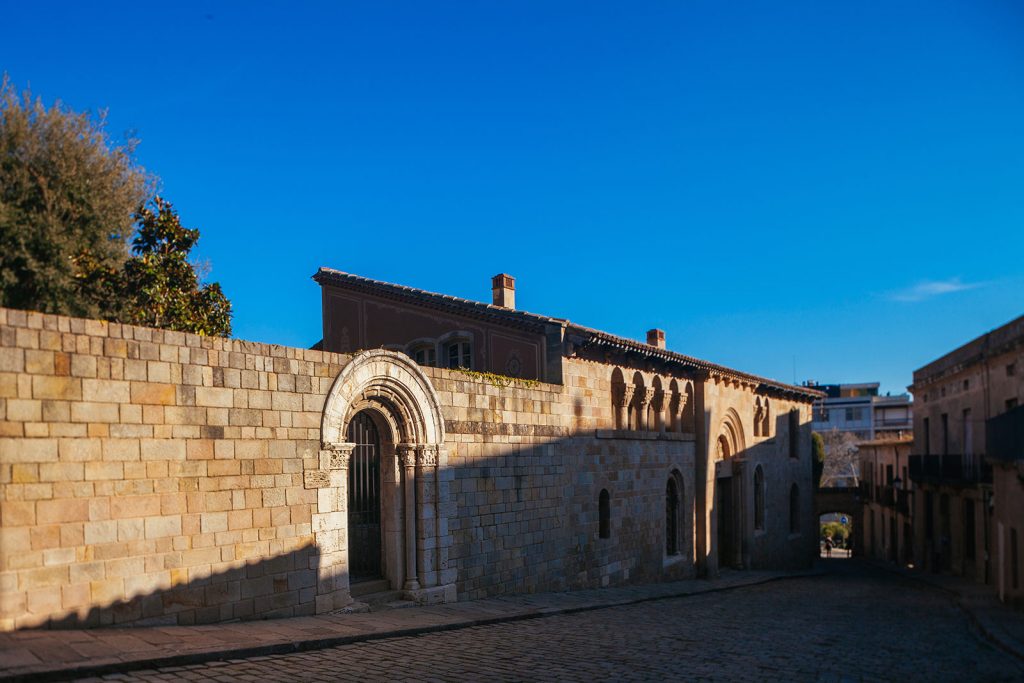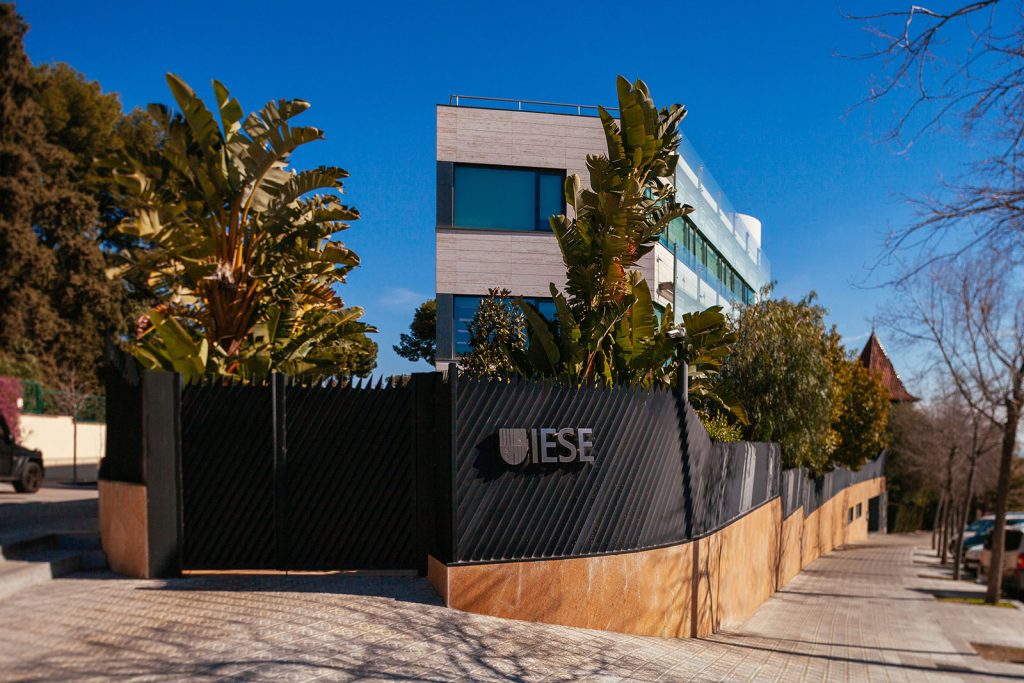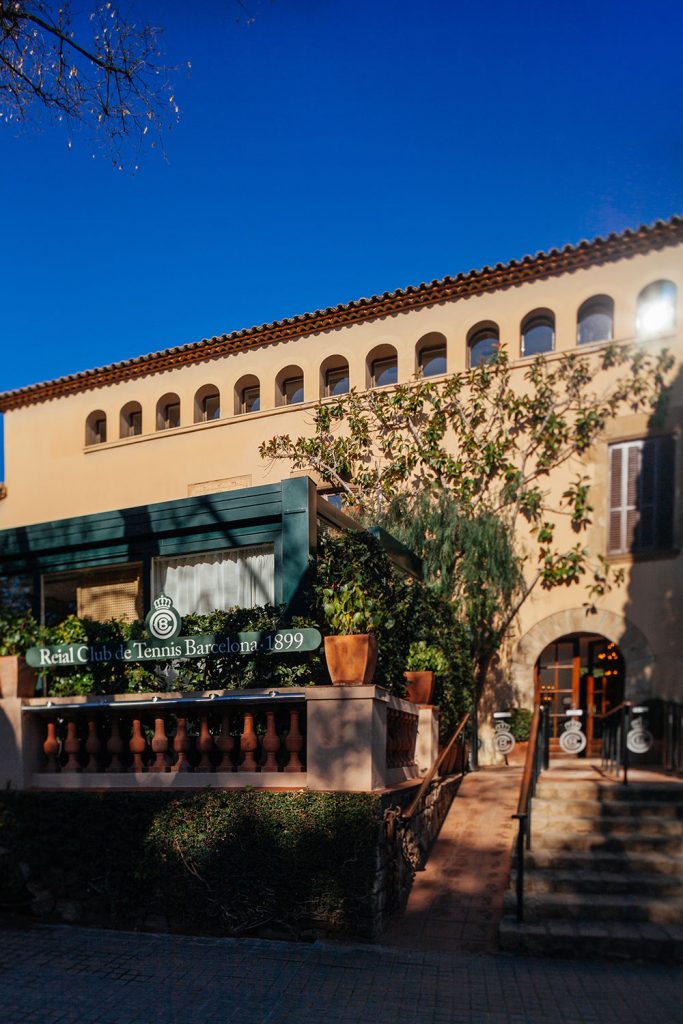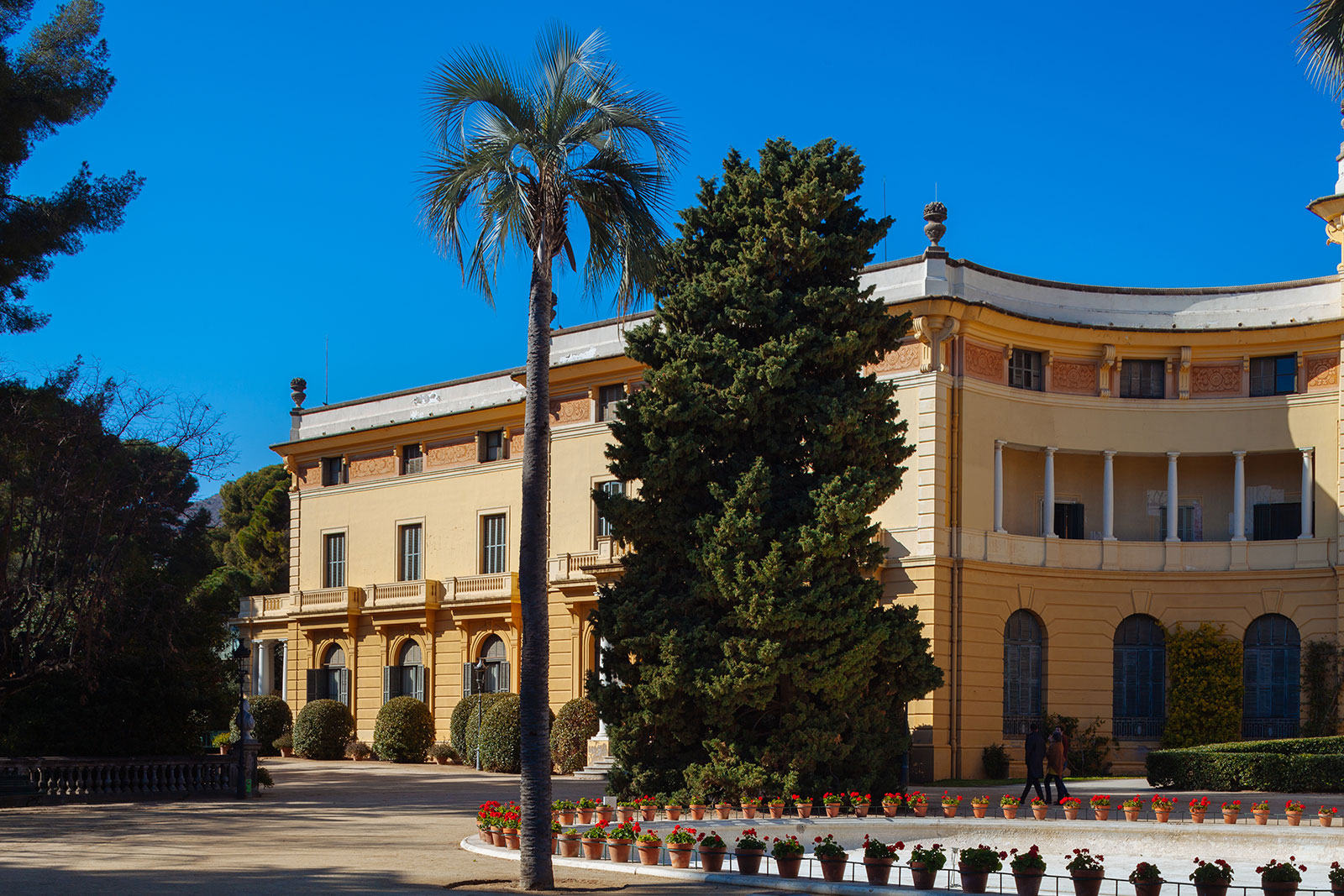Pedralbes (translated as ‘white stones’ in old Catalan) is home to elegant, tree-lined streets which envelop exclusive apartments and mansions set back from the road. This desirable district nestles in peaceful privilege in the lush foothills of the Collserola hills and comprises magnificent detached homes with manicured gardens, infinity pools and high security and dotted with exclusive blocks with penthouses and apartments taking up entire floors. In this upmarket residential district, you will find fresh air and a totally relaxed vibe like nowhere else in the Catalan capital.
“Pedralbes has always been the favourite place for the wealthiest Barcelonians, not least for its pure air especially in the industrial era, when most of the factories were located on the coast. Pedralbes was chosen by royalty hundreds of years ago, has captivated the modern industrial bourgeoisie and today more than ever symbolizes the social status of today’s Barcelonian.”
Àngel López Gillué
Official Tour Guide of Catalonia-Barcelona
Famous landmarks in Pedralbes
The 14th Century Pedralbes monastery is probably the neighbourhood’s most iconic landmark. Constructed in 1326 during the reign of James II, it was decided that it should be royally protected after his wife, Elisenda became enamored with its beauty, so much so that she ordered a palace to be built beside the monastery where she lived after her husband passed away. She was buried at the monastery and ordered that the palace be destroyed in her will, the remains of which were found in the 1970s. In the 17th century, during the Catalan revolt (one of many), the nuns were expelled from the monastery. Two centuries later during the Peninsular War, it became a refuge from those who had been expelled from various convents in the city. Since the 1930s, Pedralbes monastery has been recognized as a national monument and is now part of the History Museum. It was home to some of the Thyssen-Bornemisza art collection between 1993 and 2004 (currently at the MNAC in Raval).
Other architectural jewels of Pedralbes include the Spanish royal family’s former palace, now home to a design museum. Originally a 17th-century country house (Masia), it was bought by Antón Gaudi’s patron Count Eusebi Güell in 1862 with its neighbouring plot to create the Finca Güell, an estate of some 30,000 m². In 1887, Gaudí converted it into a Mudejar-style building but following a fire at the residence used by the king and queen when they were visiting Barcelona, Eusebi Güell ceded ownership of the house and part of the gardens to the Crown in 1918 in appreciation of his appointment to the nobility and it was once again renovated by architects Eusebi Bona and Francesc Nebot. The former palace is now the seat of the Secretariat-General of the Union for the Mediterranean.

Leading institutions
Elite business schools such as IESE (recently ranked third best in the world) and ESADE are located in Pedralbes, attracting MBA students from around the world not just for their high level of teaching but Barcelona’s unrivalled lifestyle. Barcelona University’s Economics site is located close to the city’s main artery Avenida Diagonal whilst top international schools are also found in the heart of this sought-after district.
“The area of Pedralbes in Barcelona is known for its leafy streets, tranquil atmosphere, beautiful parks, gardens and green spaces. It’s the perfect place to take a peaceful stroll, enjoy a family picnic, or simply relax after a long day. Pedralbes is well-connected to the rest of the city with plenty of public transport options nearby. If you’re a parent seeking a top-tier international school in a calm and welcoming neighborhood in Barcelona, Pedralbes is a perfect choice. Some of the international schools you can find in this area of the city are St Peter’s School, offering the IB Curriculum; the American School of Barcelona and Benjamin Franklin School, offering the American curriculum. St George’s Barcelona, the British School of Barcelona’s City campus and Oak House all offer the British curriculum.With its exceptional educational options, beautiful surroundings, and convenient location, it’s no wonder Pedralbes is such a popular destination for international families”.
Carme Escorcia
St Peter’s School

Two of Spain’s leading private medical centres Hospital Teknon and Hospital Corachan are situated in the heart of this upmarket district. providing some of the best healthcare in Europe. Teknon is a renowned leader in numerous medical fields including cardiology and cardiac surgery, maxillofacial surgery, plastic and reconstructive surgery, epilepsy surgery and regenerative medicine. Corachan has a dedicated international multilingual department offering priority services for foreign patients.
Barcelona’s most important consulates are located in Pedralbes including The American Consulate of Barcelona founded in 1797 by John Adams, the second president of the United States. Its main mission was to promote trade between the young American democracy and the prosperous industrial region of Catalonia, known then for its textile industry. It is from this intimate relationship that Frederick Stark Pearson, an American engineer and businessman, fell in love with Barcelona and created the Barcelona Traction Light and Power company, a modern electrical system for the region. Pearson was one of the main promoters of Pedralbes and gives one of its main avenues his name.
Sport and leisure
Pedralbes boasts some of Barcelona’s best sports and leisure amenities including the Real Club de Tenis, which hosts the Godó tournament every year as well as top gyms such as O2 and Anytime Fitness. Within walking distance is the David Lloyd centre with its numerous tennis and padel courts as well as an open air swimming pool. If you are a soccer fan, FC Barcelona’s Nou Camp stadium is located in the neighbouring district of Les Corts, near enough not to have to drive but far enough to be away from the crowds during home games! A short drive away offering spectacular views of the city via the Carretera des Aigues, lies the Parc de Collserola, a stunning 8000 hectare protected Natural Park, known as Barcelona’s ‘green lung’, ideal for weekend escapes and picnics.

Well connected
Pedralbes has a well-organised integrated transport system, comprised of metros, trams, buses and suburban railways. In 1863 the Sarrià-Pedralbes train became one of the first metropolitan trains in Europe. Part of this line survives today in its conversion to metro L6. Barcelona’s international airport is just 15 minutes by car from Pedralbes, connected by the Ronda de Dalt ring road which semi circles the upper part of the city. One of Barcelona’s most important and widest roads Avenida Diagonal, which cuts the city in two diagonally, takes you down to the beach and the north coastline of Barcelona in just a few minutes. In recent years new cycle lanes and cycle parking areas have sprung up enabling locals and students to get around the area quickly and sustainably. Pedralbes is within walking distance of the upmarket L’Illa shopping centre as well as the village of Sarrià with its beautiful restaurants and renowned pastry shops such as “Foix de Sarrià” and “Bar Tomas” which arguably offers the best Patatas Bravas of the city.

